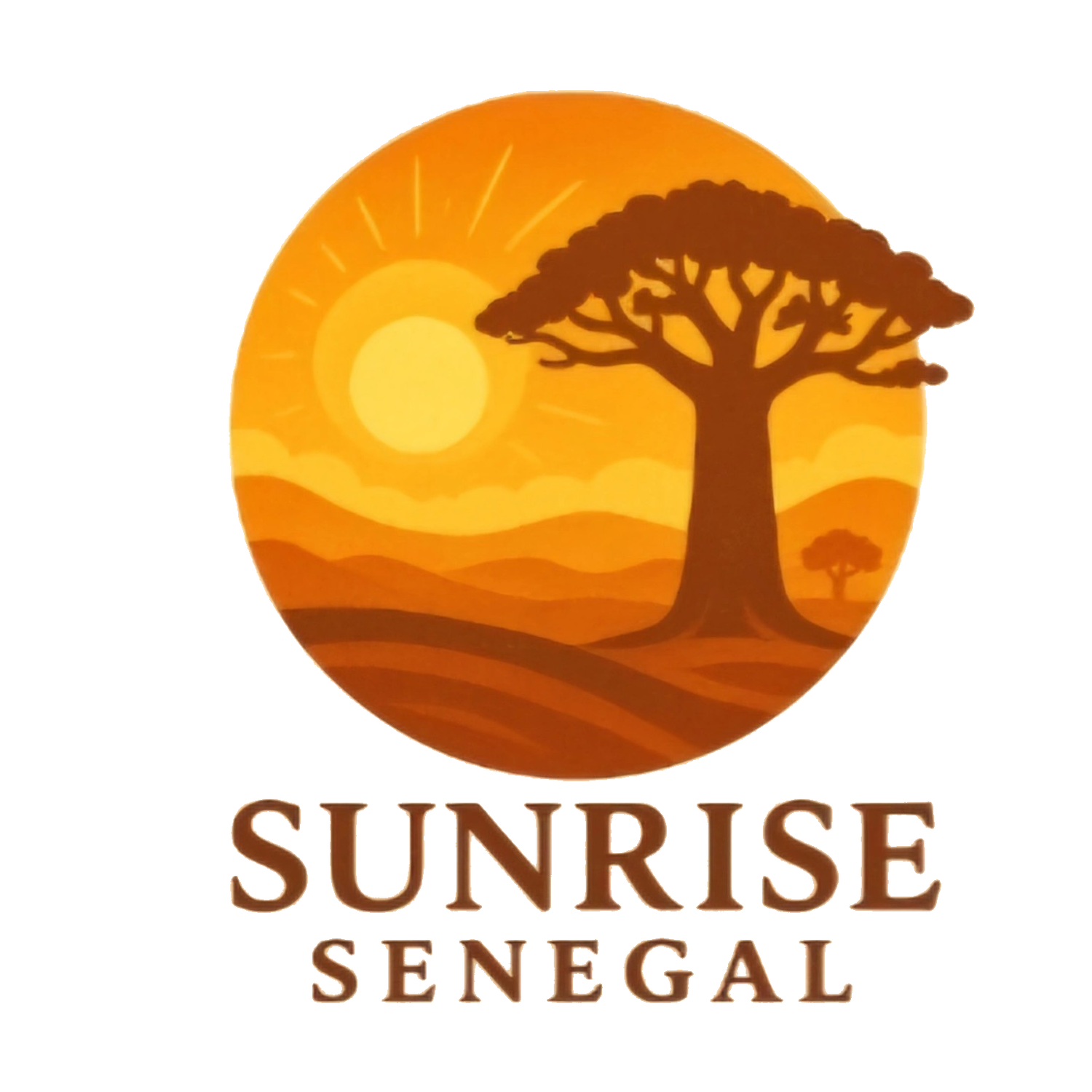As the Ancestors Speak
A masked dancer fully covered in orange raffia performs a traditional ritual in a West African village, surrounded by onlookers. Likely part of an Egungun or ancestral ceremony.
In the Heart of the Village – My First Experience with an African Ritual
In October 2016, I visited The Gambia for the very first time.
With an open heart and full of curiosity, I travelled to this West African country — unsure of what I would encounter, but eager to experience it all. One day, as we drove deeper inland, I was unexpectedly drawn into a ritual that moved me deeply.As the Ancestors SpeakWe were in a small village, further from the coast, when I heard the sound of drums in the distance. The rhythm grew louder, coming closer. Guided by instinct and curiosity, I followed the sound — as did many others.
The entire village gathered.
People came from all directions to the place where the ritual was taking place. Children, mothers with babies, elders, young people — everyone assembled in an open space between the compounds.
And then a figure appeared, completely covered in bright orange fibres. He danced into the center. His face was hidden, his entire body concealed beneath a ceremonial garment. In his hand, he held a machete. His movements were powerful and rhythmic.
I had no idea what I was witnessing.
The onlookers watched intently. There was no announcement, no explanation — but everything about it suggested something ceremonial. In the heat of the day, the drums set the pace. The air was dry and dusty. And in the center, the figure in orange raffia moved in a trance-like state — as if guided by something beyond this world.
It was only later that I learned I had likely witnessed an Egungun ritual, or a related ancestral ceremony from the Mandinka or Jola tradition. In many parts of West Africa, ancestors are believed to return in the form of masked dancers. They do not speak or make eye contact — because in that moment, they are the ancestor: returned briefly to bless, protect and purify the community.
For local communities, these rituals are deeply important. They connect past and present, the living with the dead, the visible with the invisible. They remind us that life doesn’t end with death — it continues, in memory, in ritual, and in energy.
I now understand better what I witnessed that day.
But true understanding didn’t come from knowledge. It came from the experience itself. And maybe that’s exactly what these rituals are meant to do: to remind us — in a way that bypasses words — that life is so much more than what we can see.
Would you like to be touched by the power of African ritual?
During our retreats in Casamance, Senegal, we are sometimes — unexpectedly — invited to witness or take part in similar ceremonies.
Never as a tourist attraction, but as a sacred bridge between worlds.
Just like that one day in The Gambia, which I will never forget.

